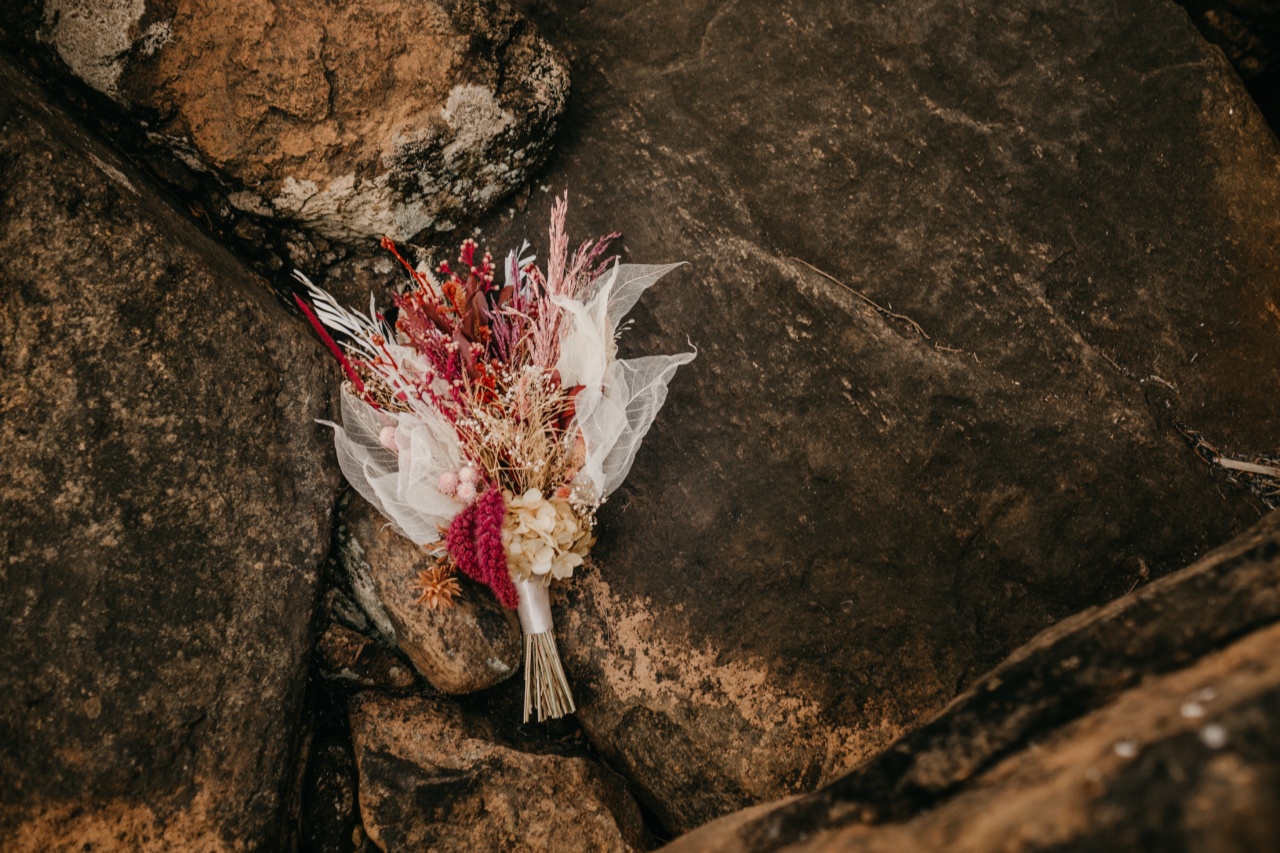Wildflowers are often seen as beautiful and delicate plants, but there are some species that can evoke fear, pain, and even loss of libido.
In this article, we will explore some of the most notorious wildflowers that have been known to cause these effects.
The Devil’s Trumpet
The Devil’s Trumpet, also known as Datura stramonium, is one of the most dangerous wildflowers out there. It has been used for centuries for its psychoactive properties and is known for causing extreme hallucinations.
However, consuming even a small amount can result in symptoms such as rapid heart rate, fever, and seizures. In severe cases, it can even lead to death.
The Suicide Tree
The Suicide Tree, also called Cerbera odollam, has been used as a suicidal poison in some parts of the world. The seeds of this tree are highly toxic and can lead to death within hours of ingestion.
Symptoms of poisoning include abdominal pain, vomiting, and cardiac arrest. The tree has been responsible for numerous deaths, and its use has even been investigated by authorities.
The Angel’s Trumpet
The Angel’s Trumpet, or Brugmansia, is known for its beautiful trumpet-like flowers that hang from its branches. However, the plant is also notorious for its psychoactive properties and has been used in shamanic rituals for centuries.
The plant contains various alkaloids such as scopolamine and atropine, which can cause delirium, psychosis, and even death.
The Gympie Gympie
The Gympie Gympie, or Dendrocnide Moroides, is often considered the world’s most painful plant. It is a small shrub with heart-shaped leaves that contain tiny, hollow hairs that are filled with a potent neurotoxin.
When touched, the hairs can break off and cause excruciating pain that can last for months. Even light brushing against the plant can trigger symptoms such as swelling, itching, and burning.
The Poison Hemlock
The Poison Hemlock, or Conium maculatum, is a highly toxic plant that has been used for centuries as a poison. It contains a chemical called coniine, which can cause respiratory failure and paralysis.
Ingestion of even a small amount of the plant can lead to death. The plant’s effects have been documented in historical sources such as the trial of Socrates, who was sentenced to death by hemlock poisoning.
The Giant Hogweed
The Giant Hogweed, or Heracleum mantegazzianum, is a massive plant that can grow up to 15 feet tall. Its sap contains a photosensitizing chemical that can cause severe skin irritation and blistering.
If the sap gets into the eyes, it can cause vision loss. In some cases, the plant’s effects have been so severe that it has caused permanent scars and blindness.
The Water Hemlock
The Water Hemlock, or Cicuta maculata, is a lethal plant that contains a toxin called cicutoxin. The chemical affects the central nervous system and causes seizures, convulsions, and eventually death.
Ingesting even a small amount of the plant can be fatal, and there is no known antidote for the toxin.
The Corpse Flower
The Corpse Flower, or Amorphophallus titanum, is a rare and unusual plant known for its large, pungent blooms. The flower’s odor is often described as similar to rotting flesh, which attracts flies and other insects necessary for pollination.
While not directly harmful to humans, the smell can be overwhelming and cause nausea and dizziness.
The Aconitum
The Aconitum, also known as the monkshood or wolf’s bane, is a highly toxic plant that has been used as a poison for centuries. It contains aconitine, a potent neurotoxin that can cause cardiac arrest and death.
Ingesting even a small amount of the plant can be fatal, and it was used as a weapon in ancient times.
The Black Henbane
The Black Henbane, or Hyoscyamus niger, is a plant known for its toxic properties. The plant’s leaves and seeds contain various alkaloids such as scopolamine and hyoscyamine, which can cause hallucinations, delirium, and respiratory failure.
Ingestion of even a small amount of the plant can be fatal, and it has been used as a poison throughout history.
Conclusion
While wildflowers can be beautiful and fascinating, it’s essential to exercise caution when encountering species that are known to be toxic or dangerous. Many of these plants can cause serious harm or even death if consumed or touched.
It’s always best to err on the side of caution and avoid interacting with these plants altogether.






























